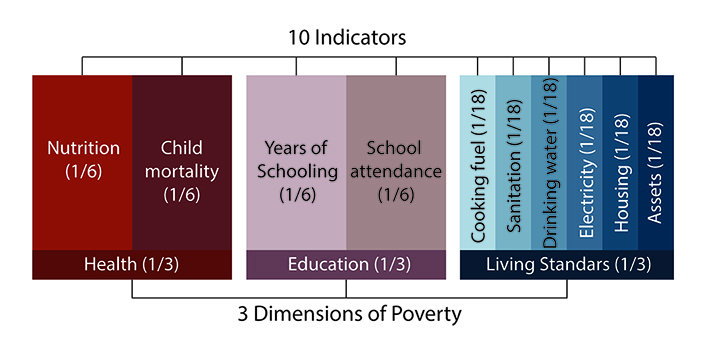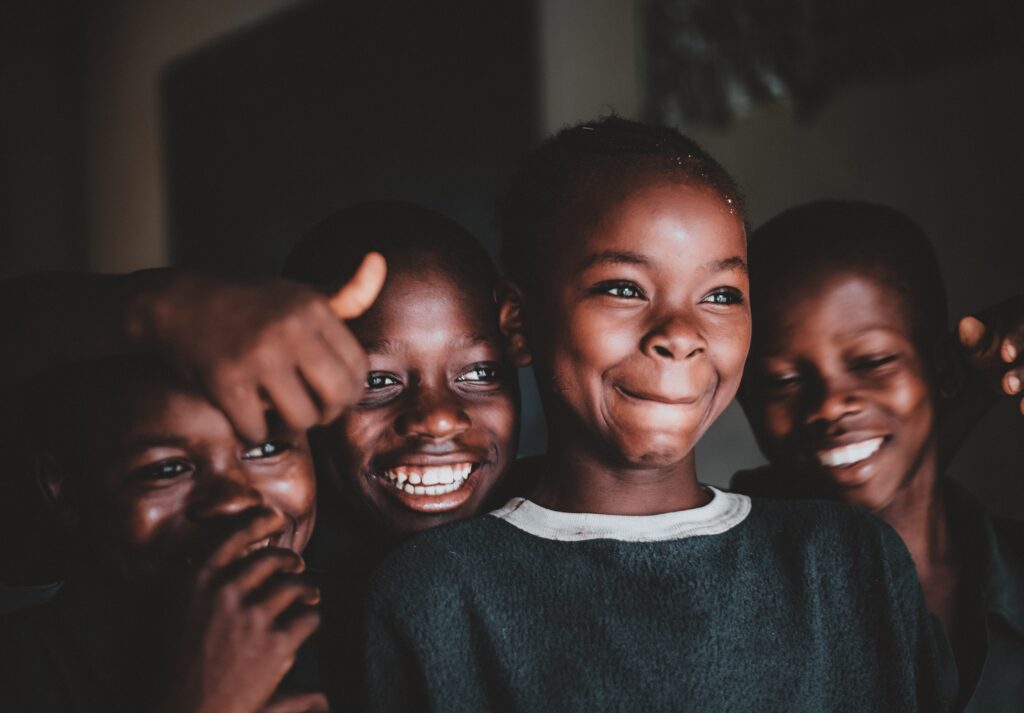When you hear the word
poverty, what concepts or meanings comes to your mind?
How would you define if a person is poor or not?
Questions like these are the ones that led to redesign a new concept of poverty in the world, a concept that is far from referring only to a monetary shortage, and that seeks to make obsolete the notion conceived so far.
Multidimensional poverty encompasses the edges on which a human being develops and establishes his life in a particular context, both personally and within a community. It is experiencing a sustained lack of basic services, including: health, education, food, housing and job opportunities; but it also responds to the relationship and interaction with other people such as: exposure to violence, discrimination and dignity.
The scope that this new concept brings can lead to an effective understanding of the complexity and depth that poverty represents, but it also gives us the hope of increasing the probability of being correct in a series of public policies or actions developed by different institutions that contribute effectively to the number one goal set by the UN for 2030, according to the agreement signed by world leaders in 2015: No Poverty.
Global Multidimensional Poverty Index
Now, how do we transform this concept into a tangible solution? Currently there is an official measurement index adopted by more than 100 countries and which represents the indicator under which the United Nations Development Program is based. Its name? MPI or Multidimensional Poverty Index.
The MPI was created in 2007 by experts from the Oxford Poverty and Human Development Initiative (OPHI). Its proposal, exhaustive but flexible; generates great potential for adaptability to the context of each country, region or locality.
The following diagram, developed by OPHI, shows the 10 indicators established within the areas of health, education, and standard of living; that are part of the Multidimensional Poverty Index.

MPI and country implementation
Under the agreement on the end of poverty, signed in the development of the 17 Global Objectives formulated by the UN, many countries that have begun to implement this measurement index. Mexico, Bhutan, Colombia, Vietnam, Chile, Mozambique, Pakistan, Palestine, among others, have not only recognized the multidimensional value this method sustains, but through its flexibility they have contextualized it, creating the so- called National-MPI (National Multidimensional Poverty Index).
Another country that has put this index at the service of effective public policy formulation is Costa Rica. Through the National Household Survey (ENAHO), data was collected to measure the MPI throughout the country and, as a result, responses were obtained in 4 edges that encompass the complete landscapes.
These are:
Incidence: percentage of people in a population who are experiencing multidimensional poverty.
Intensity: Average number of deficiencies that people experience at the same time.
Geography: Identification of localities (urban or rural).
Activation: What dimensions and activators were the predominant ones in a population.

Current challenge
Currently, more than 10% of the world population still lives below the multidimensional poverty line, and despite the great progress generated in the last 30 years, the global situation in the middle of the pandemic could represent a great set- back, reverting decades of advance.
It is perhaps because of this crisis that today more than ever we face an arduous task, but it is also because of this, that today more than ever, we hope to be part of the change.

